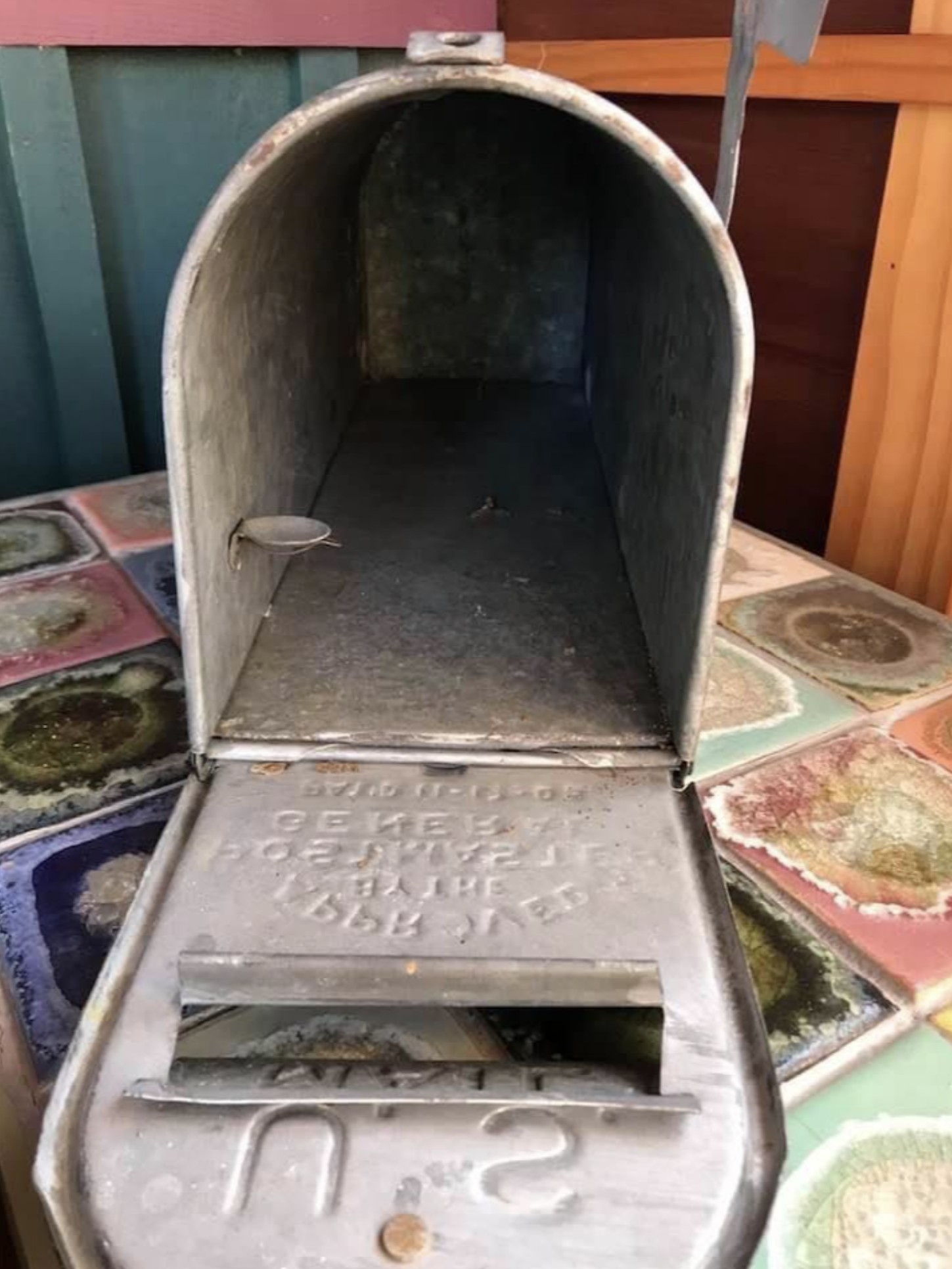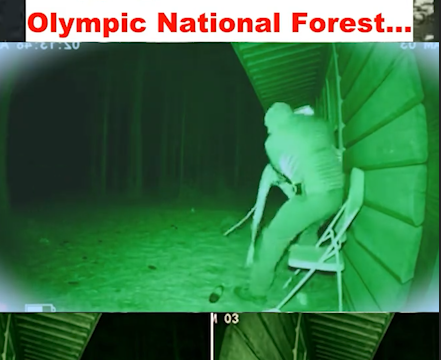Have you ever taken a look inside one of those classic old metal mailboxes—the kind with the rounded top and the little red flag—and noticed a small circular shelf tucked away inside? I saw one just the other day while helping my aunt clean out her shed, and for a moment, I genuinely had no idea what it was.

I stood there thinking, “Is that a cup holder? A place for birdseed? Some kind of random accessory?” But it turns out, that tiny ledge actually had a very clever purpose back in the day—it was meant for leaving coins for postage. Yep, people really used to leave loose change right inside their mailbox. No lock, no fancy mechanism, just coins sitting there. And no, this wasn’t a makeshift piggy bank or some kind of neighborhood bartering system.
It was a practical solution from a time before online postage, automated machines, or even forever stamps. Back then, especially in rural areas, people had to get a little inventive when it came to sending out mail. If you lived miles from the nearest post office and didn’t have the right stamp at home, the process was surprisingly simple—you’d just write your letter, pop it in the box, and toss in a few coins to cover the postage. The mail carrier, who often knew the area and the residents like family, would come by, grab the letter, calculate the required postage, affix a stamp from their own supply, and either keep the change or leave you the proper amount in return. That small circular shelf? It was specifically designed to hold those coins so they wouldn’t roll around loose inside the mailbox. It was a small but smart feature, showing just how thoughtful mailbox design used to be.
Imagine trying to do that today—leave money in your unlocked mailbox with a note. Chances are, it’d be gone before your mail carrier even got there. These days, if you leave a flier sticking out of your mailbox, there’s a 50/50 chance someone snatches it. But back then, the postal system ran on trust and community.
There were no printed receipts or delivery notifications. No QR codes, apps, or tracking numbers. Just a small tin with some coins and maybe a handwritten note that read, “Please add postage. Thanks, Edna.” And you know what? It worked. Many of those mail carriers had been delivering along the same route for years. They knew the people, the kids, the pets—maybe even the livestock. There was an unspoken understanding and mutual respect between neighbors and the postal workers who served them. My grandmother used to talk about this all the time.
In the 1960s, she’d keep a little tin in her mailbox, something that used to hold breath mints or pills, and inside were a few nickels and dimes. Along with it, she’d leave a note for the mailman—his name was Mr. Jansen, she always said—asking him to apply postage and return the change. And he always did, sometimes even scribbling a friendly reply if he had time. Thinking about it now, it’s kind of sweet—and hard to believe. I’ve had deliveries left on the wrong porch, in the bushes next to my front steps, or halfway down the driveway. It’s a different world now, with everything moving faster and relying more on automation. But once I learned the purpose of that shelf, I began to see it differently. It wasn’t just a random feature. It represented a system that prioritized personal connection and human interaction. Today, most people wouldn’t even notice that shelf, let alone understand what it was used for. I didn’t either, until recently. But now I find it oddly charming—a little overlooked reminder that there was a time when things weren’t quite so digitized and impersonal. So if you still have one of those old mailboxes sitting outside your house or collecting dust in a garage, take a moment to peek inside. That tiny shelf tells a small but meaningful story about how something as simple as mailing a letter used to rely on trust, community, and a few coins left behind for the ride.





